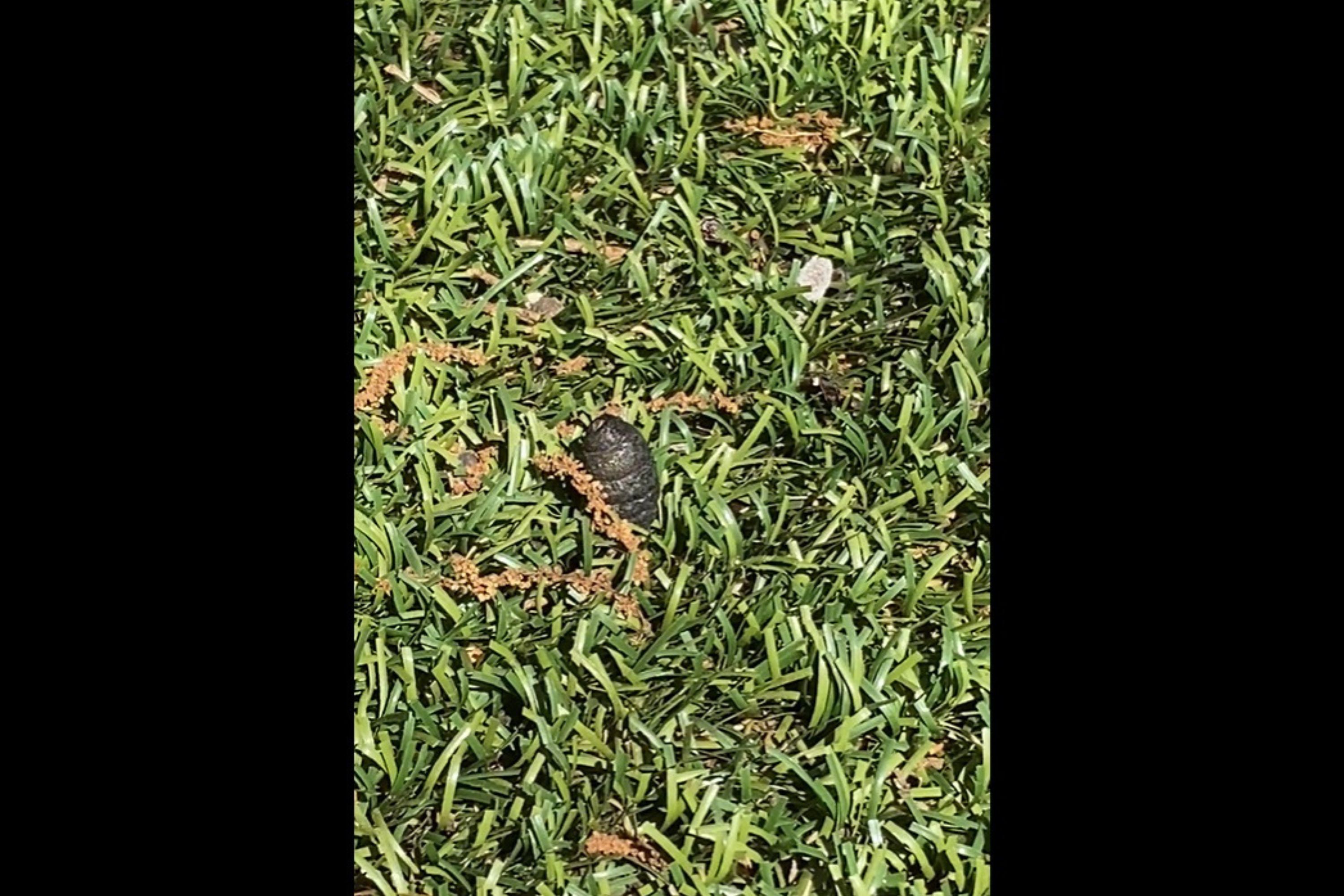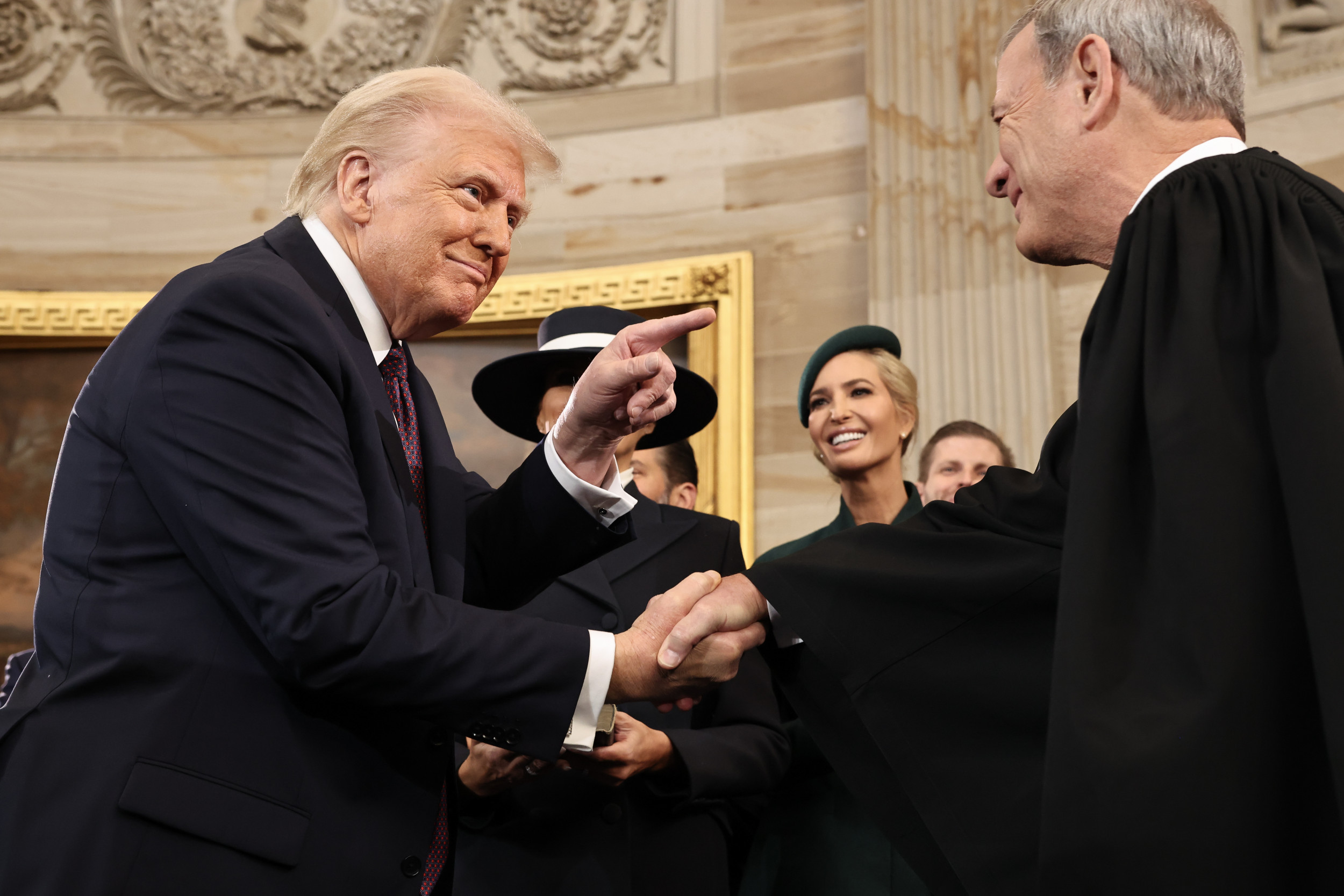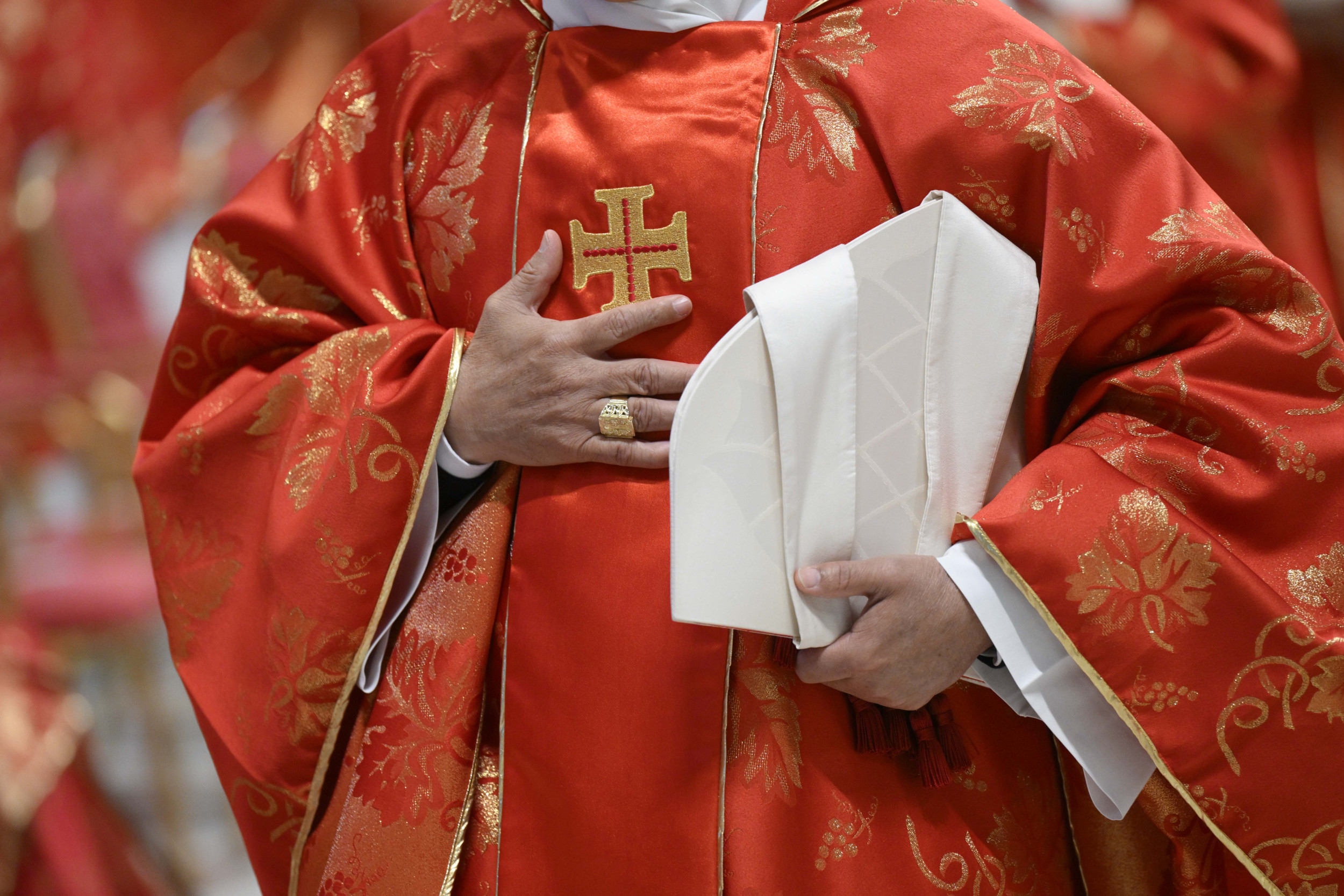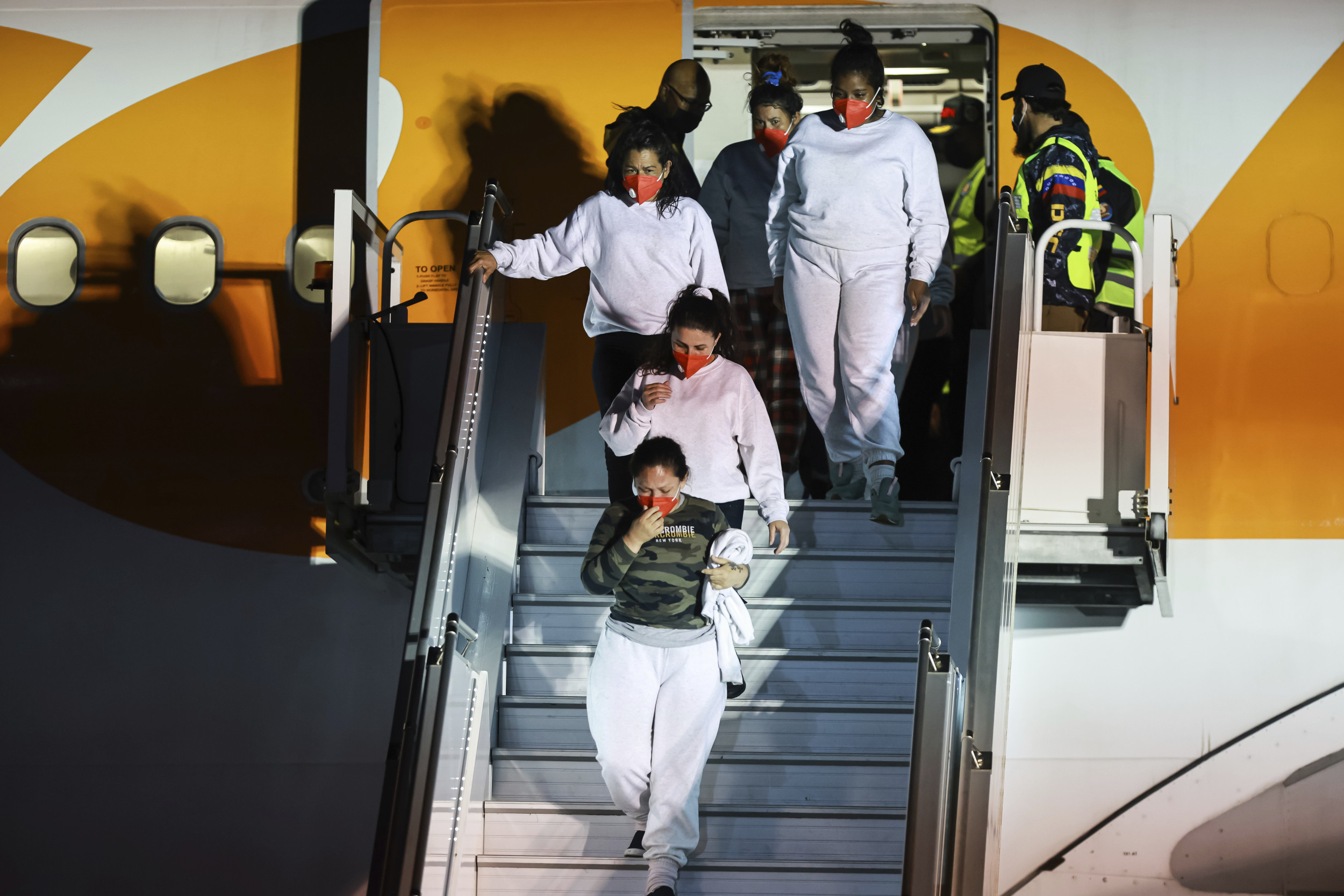🎙️ Voice is AI-generated. Inconsistencies may occur.
Biologists have tagged hundreds of bees with QR codes so they can track their movements, and in doing so they have finally begun to solve the mystery of how far bees travel from the hive when they are out foraging for nectar and pollen.
"If you take a bee out of the hive and put it up to 10 kilometers away from the hive, they have the ability to fly back to their homes, so they can fly very, very long distances," Margarita López-Uribe, an associate professor of entomology at Penn State University and the author of a paper on HardwareX, told Newsweek.
Up to now scientists got information about where bees were foraging from looking at the "waggling behavior" of the bees. This is a kind of bee dance by one bee that gives other bees information on where food sources are located. By decoding the waggle dance, researchers can get good estimates of how far bees fly.
Decoding Bees' 'Waggle Dancing'
The research describes a digital method, developed by the entomologists working in collaboration with engineers, that doesn't involve time-consuming direct observations and decoding of waggle dancing by a team of entomologists.
The researchers used AprilTags, a QR code smaller than a human nail that can be glued to the worker bee without causing harm. Every two weeks throughout the spring and summer, scientists tagged 600 young bees that had just emerged from their cells across six colonies.
In total, they tagged over 32,000 bees across six apiaries.
"Having these automated devices where you can tag, you know, hundreds of bees at a time and make continuous observations of the bees, nonstop for weeks, really will allow you to make observations in a way that humans could not possibly do it," López-Uribe said.
The cameras at each hive, running 24 hours a day and seven days a week, were each connected to a microcomputer, and the researchers uploaded the data to their laptops during weekly visits.
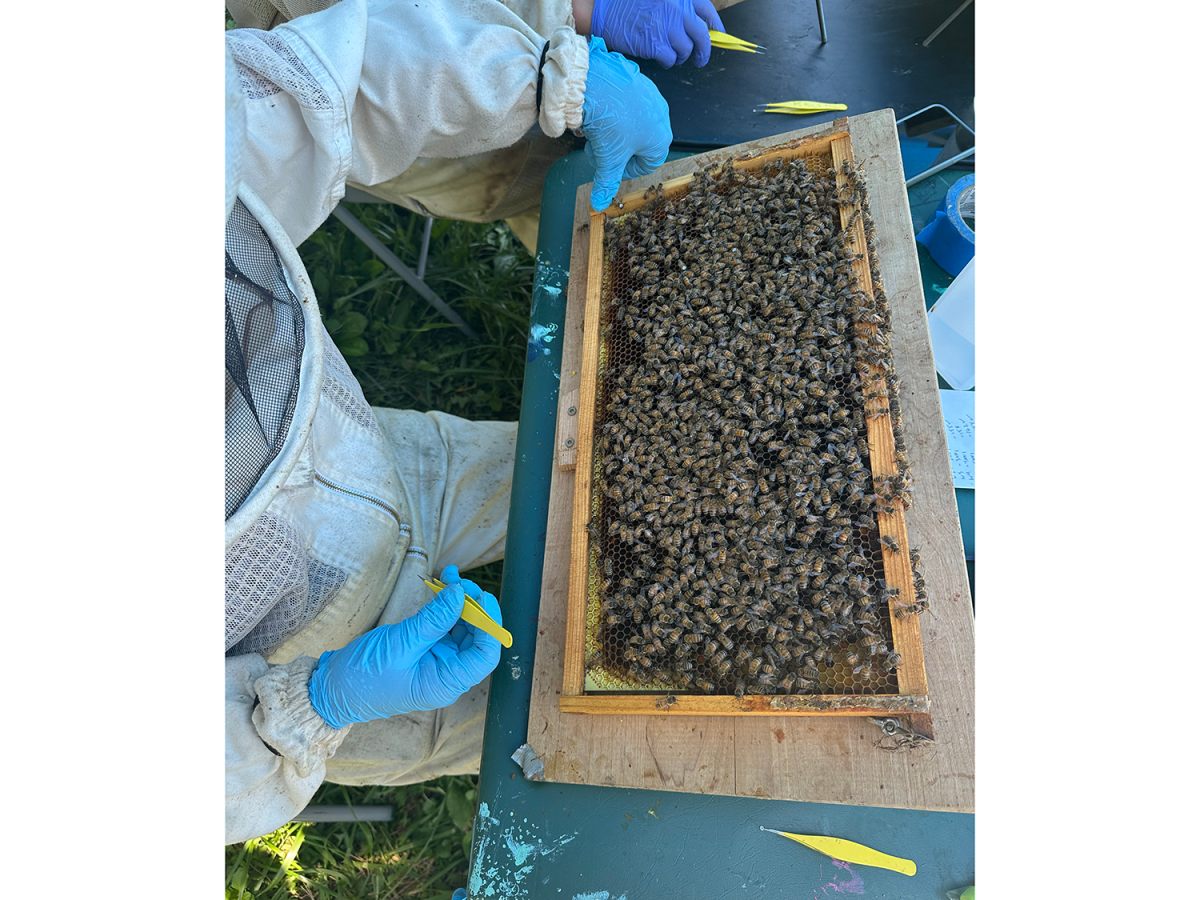
Where to Build a Honeybee Hive
The technology could be applied to other insects, the researchers said, or to judge where might be a good place to build a honeybee hive.
"If we have areas that have a lot of pollution, that may not be a place where we want to have bees nearby," López-Uribe said. "I think understanding this potential ability to estimate foraging distances could be very impactful.
"One of the most interesting aspects of the research is that this was possible due to a collaboration between engineers and entomologists," she continued. "They brought in all their technical knowledge. They brought in the problem-solving approach to science. They really helped us approach biological questions in a very different way."
Reference
Penaloza-Aponte, D., Brandt, S., Dent, E., Underwood, R. M., DeMoras, B., Bruckner, S., López-Uribe, M. M., & Urbina, J. V. (2024). Automated entrance monitoring to investigate honey bee foraging trips using open-source wireless platform and fiducial tags. HardwareX, 20. https://doi.org/10.1016/j.ohx.2024.e00609
Is This Article Trustworthy?
Is This Article Trustworthy?
Newsweek is committed to journalism that is factual and fair
We value your input and encourage you to rate this article.
Newsweek is committed to journalism that is factual and fair
We value your input and encourage you to rate this article.
About the writer
Seán Duke is the Science and Health Editor for Newsweek, based in Dublin, Ireland. He has 25 years of experience ... Read more
